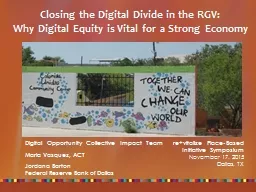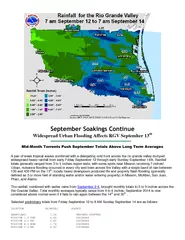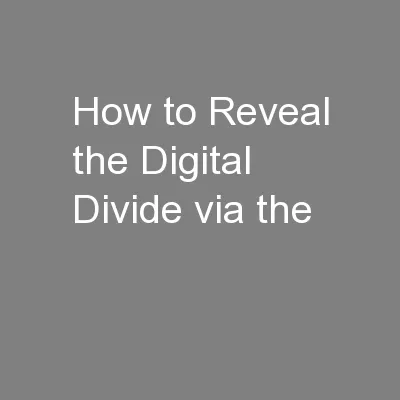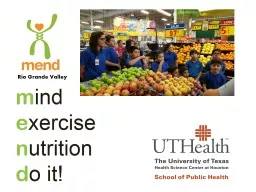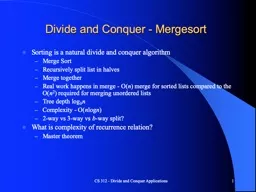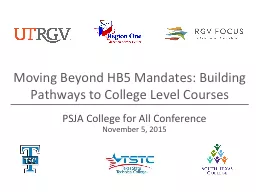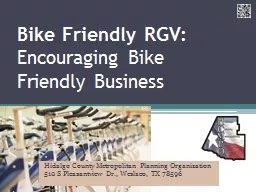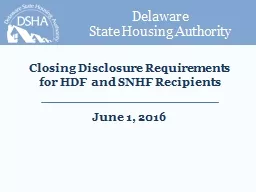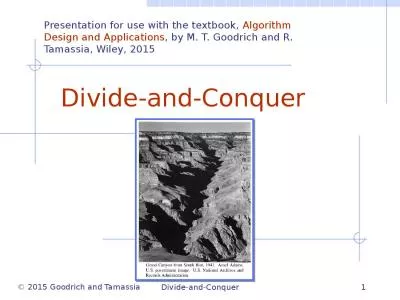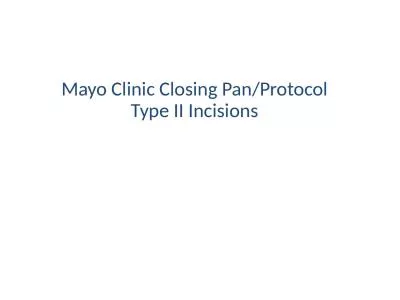PPT-Closing the Digital Divide in the RGV:
Author : playhomey | Published Date : 2020-06-30
Why Digital Equity is Vital for a Strong Economy Digital Opportunity Collective Impact Team Maria Vasquez ACT Jordana Barton Federal Reserve Bank of Dallas r
Presentation Embed Code
Download Presentation
Download Presentation The PPT/PDF document "Closing the Digital Divide in the RGV:" is the property of its rightful owner. Permission is granted to download and print the materials on this website for personal, non-commercial use only, and to display it on your personal computer provided you do not modify the materials and that you retain all copyright notices contained in the materials. By downloading content from our website, you accept the terms of this agreement.
Closing the Digital Divide in the RGV:: Transcript
Download Rules Of Document
"Closing the Digital Divide in the RGV:"The content belongs to its owner. You may download and print it for personal use, without modification, and keep all copyright notices. By downloading, you agree to these terms.
Related Documents

